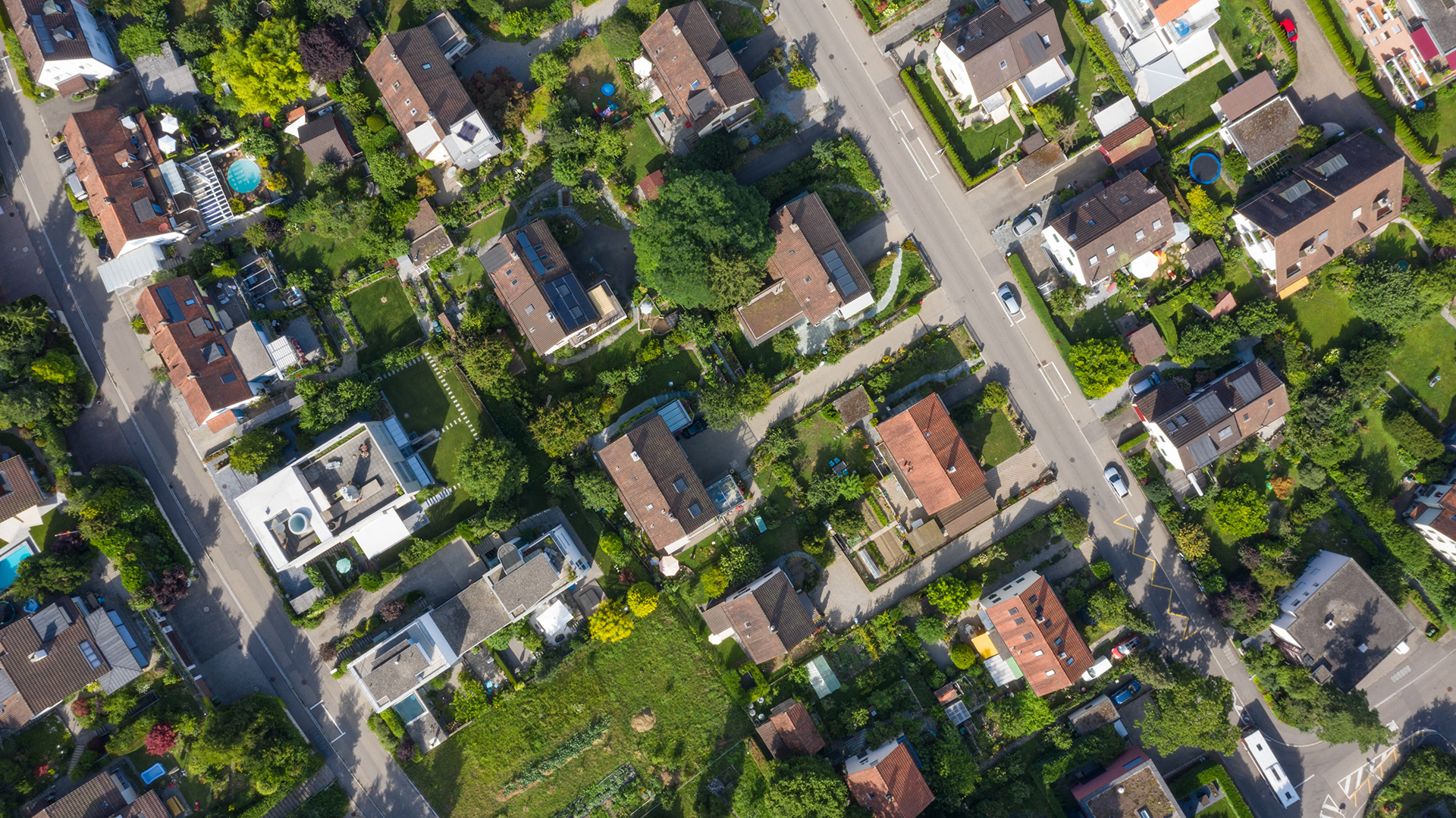US EPA
Is radon really bad for you?
Breathing radon over time increases your risk of lung cancer. Radon is the second leading cause of lung cancer in the United States. Nationally, the EPA estimates that about 21,000 people die each year from radon-related lung cancer. Only smoking causes more lung cancer deaths.
The first step in reduction is checking to see if the indoor-air and/or domestic water radon focus should be lowered. The World Health and wellness Company's International Radon Task has actually advised an activity degree of 100 Bq/m3 (2.7 pCi/l) for radon in the air.
The EPA sets the level of harmful radon gas exposure at or over 4 pCi/L. If your home has actually radon gas levels exceeding this activity degree, it's advised that you undergo mitigation initiatives to reduce direct exposure. You'll certainly need mitigation and might require more extensive improvements to secure off the resource of the gas if screening exposes a much higher level.
Is radon mitigation really necessary?
When radon gas enters the body, it exposes the lungs to small amounts of radiation. In small quantities, experts say this is harmless. However, in persistent exposures or larger quantities, radon can damage the cells of the lining of the lungs, increasing a person's chance of developing lung cancer.
The https://www.radon1.com US EPA has actually placed it clearly, stating, "Any kind of radon direct exposure has some risk of creating lung cancer. Radon gas is a naturally-occurring result of the radioactive degeneration of Uranium in the dirt. Depending on your geographic area, the radon degrees of the air you take a breath beyond your home may be as high as 0.75 pCi/L.
- Lung cancer danger climbs 16% per 2.7 pCi/L boost in radon exposure.
- Radon gas is a naturally-occurring byproduct of the contaminated degeneration of Uranium in the soil.
- Depending upon your geographic place, the radon degrees of the air you take a breath beyond your home might be as high as 0.75 pCi/L.
- The United States EPA has put it clearly, specifying, "Any type of radon direct exposure has some risk of triggering lung cancer.
People that smoke or utilized to smoke have an also higher opportunity of establishing lung cancer cells if they are exposed to radon. You may just consider what you're exposed to outdoors when you assume concerning air pollution. But indoor air high quality in your house matters, too, as well as it can be majorly impacted by the visibility of a contaminated gas called radon. This gas can accumulate to dangerous levels as well as enhance your threat for developing lung cancer cells-- even if you don't smoke, according to the American Lung Organization.
Radon-222 has been classified by International Agency for Study on Cancer cells as being carcinogenic to human beings. There suffices proof for the carcinogenicity of radon as well as its decay products in humans for such exposures. He was told that living in the residence was the matching of cigarette smoking 135 packs of cigarettes a day, and also he as well as his family had actually raised their danger of establishing lung cancer by 13 or 14 percent.

How long does it take for radon to cause cancer?
Fact: You will reduce your risk of lung cancer when you reduce radon levels, even if you've lived with an elevated radon level for a long time. Keep in mind that radon levels below 4 pCi/L still pose some risk and that radon levels can be reduced to 2 pCi/L or below in most homes.
